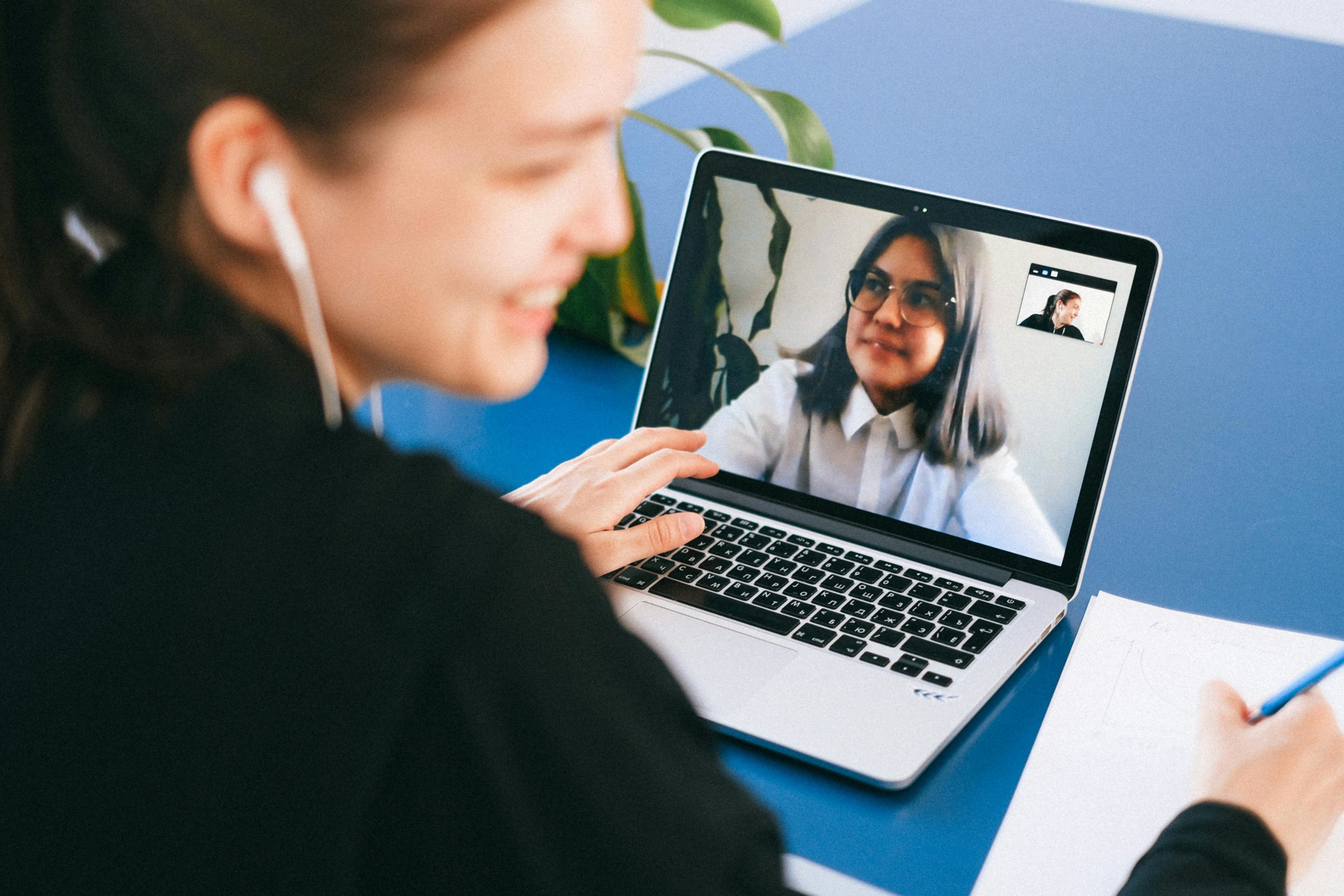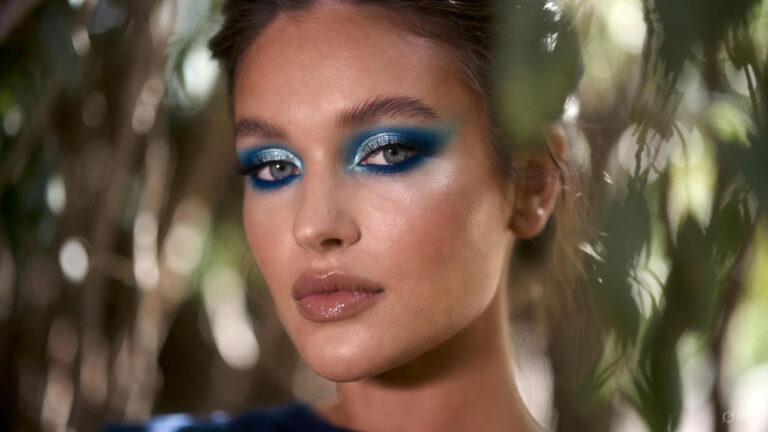As virtual meetings and video conferencing become increasingly prevalent in both professional and personal settings, the importance of presenting oneself effectively on camera cannot be overstated.
Whether you’re attending a virtual job interview, participating in a remote work meeting, or connecting with friends and family online, your appearance on screen plays a significant role in how you are perceived.
In this article, we’ll explore seven makeup tips specifically tailored for video conferencing and virtual meetings, helping you look polished, professional, and confident in front of the camera.
1. Focus on Flawless Skin
Achieving flawless skin is key to looking polished and professional on camera. Start by prepping your skin with a hydrating moisturizer to create a smooth canvas for makeup application.
Use a lightweight, buildable foundation or tinted moisturizer to even out your skin tone without looking too heavy or cakey. Conceal any blemishes or dark circles with a creamy concealer, blending it seamlessly into the skin for a natural finish.
2. Opt for Neutral Eye Makeup
When it comes to eye makeup for video conferencing, less is often more. Stick to neutral eyeshadow shades such as taupe, beige, or soft brown to enhance your eyes without appearing too dramatic or distracting.
Define your lash line with a thin line of brown or black eyeliner to add subtle definition, and finish with a few coats of mascara to lengthen and volumize your lashes. Avoid overly shimmery or glittery eyeshadows, as they can create unwanted glare on camera.
3. Define Your Brows
Well-groomed eyebrows frame the face and can make a significant impact on your overall appearance on camera. Use a brow pencil or powder to fill in any sparse areas and define the shape of your brows.
Brush them upward and outward with a clear brow gel to set them in place and create a polished, professional look. Avoid harsh lines or overly bold brows, as they can appear too harsh or unnatural on camera.
4. Enhance Your Cheeks with a Natural Flush
Adding a touch of color to your cheeks can help brighten your complexion and add dimension to your face on camera. Opt for a natural-looking blush in a soft pink or peachy tone and apply it to the apples of your cheeks using a fluffy blush brush.
Blend it outward towards your temples for a seamless, radiant finish. Avoid overly bright or intense blush shades, as they can appear exaggerated or unnatural on camera.
5. Define Your Features with Contouring and Highlighting
Contouring and highlighting can help define your facial features and create dimension on the camera. Use a matte bronzer or contour powder to sculpt the hollows of your cheeks, along your jawline, and around the perimeter of your face, blending it seamlessly for a natural-looking shadow effect.
Apply a subtle highlighter to the high points of your face, such as your cheekbones, brow bones, and the bridge of your nose, to add a subtle luminosity and enhance your features without looking too shiny or reflective.
6. Choose Long-Lasting Formulas
To ensure your makeup stays put throughout your virtual meetings, opt for long-lasting formulas that are designed to withstand heat, humidity, and extended wear.
Look for products labeled as “long-wear” or “waterproof,” especially for items like foundation, concealer, and eyeliner. Setting your makeup with a translucent powder can also help lock it in place and minimize shine throughout the day.
7. Pay Attention to Lighting
Good lighting is crucial for looking your best on camera. Natural light is always the most flattering, so try to position yourself facing a window or source of natural light whenever possible.
Avoid harsh overhead lighting or direct sunlight, as they can create unflattering shadows and highlights on your face. If natural light isn’t available, invest in a ring light or softbox to mimic the effect of natural light and illuminate your face evenly.
Conclusion
Mastering the art of makeup for video conferencing and virtual meetings requires a blend of technique, preparation, and attention to detail. By focusing on flawless skin, opting for neutral eye makeup, defining your brows, enhancing your cheeks with a natural flush, and using contouring and highlighting to define your features, you can create a polished and professional look that translates seamlessly on camera.
FAQs
Q1: How can I prevent my makeup from looking shiny on camera?
To prevent your makeup from looking shiny on camera, start by using a mattifying primer to control oil and minimize shine. Set your makeup with a translucent powder, focusing on areas prone to shine such as the T-zone. Blotting papers can also help absorb excess oil throughout the day without disturbing your makeup.
Q2: Should I wear bold lipstick colors for virtual meetings?
While bold lipstick colors can make a statement, they can also be distracting on camera. Stick to neutral or muted lipstick shades such as nude, pink, or peach, which are universally flattering and less likely to draw attention away from your message during virtual meetings.
Q3: How can I make my eyes appear brighter on camera?
To make your eyes appear brighter on camera, use a nude or white eyeliner on your waterline to create the illusion of larger, more awake eyes. Curl your lashes before applying mascara to open up your eyes, and consider using a light-reflecting eyeshadow shade on your inner corners to add a subtle highlight.
Q4: Is it necessary to wear makeup for virtual meetings?
While wearing makeup for virtual meetings is a personal choice, it can help enhance your appearance and boost your confidence on camera. Even a minimal makeup look can make a difference in how you are perceived and can help you feel more put-together and professional during virtual interactions.
Q5: How can I ensure my makeup looks good on camera without appearing too heavy in person?
To ensure your makeup looks good on camera without appearing too heavy in person, focus on blending your makeup seamlessly and using sheer, buildable formulas. Avoid applying too much product at once, and use a light hand when applying makeup to achieve a natural-looking finish that translates well on camera.



